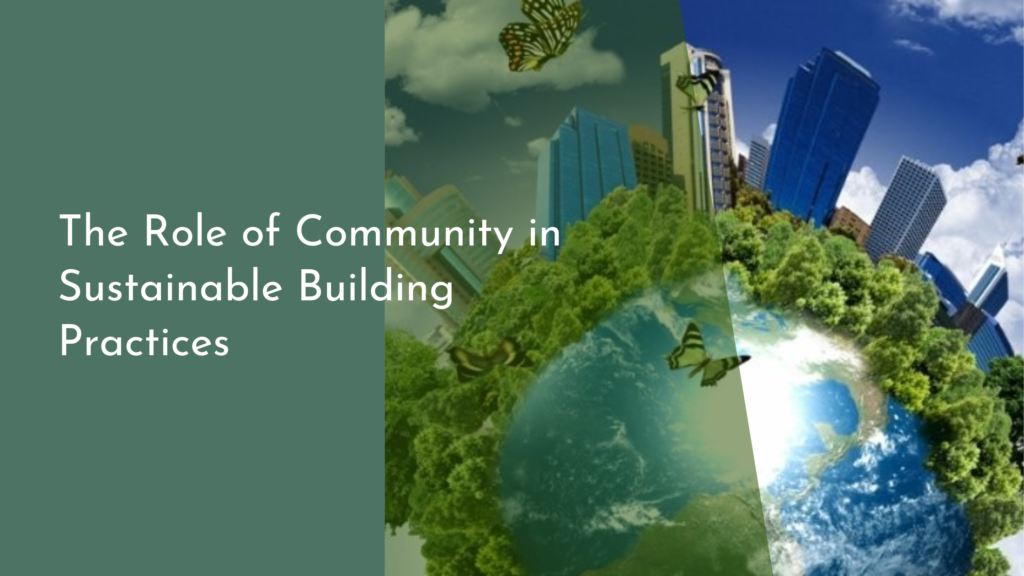Permaculture and Community Resilience: Building Local Networks
In an ever-changing world marked by climate challenges, economic shifts, and social upheavals, the concepts of permaculture and community resilience have emerged as vital frameworks for sustainable living. Permaculture — a term coined by Bill Mollison and David Holmgren — refers to a design philosophy that mimics natural ecosystems to create sustainable agricultural practices and harmonious living spaces. Coupled with community resilience, which emphasizes the capacity of communities to adapt to change and recover from challenges, permaculture offers a hopeful vision for cultivating vibrant local networks. This article explores the intersection of these two concepts and highlights practical ways to foster resilience within our communities.
Understanding Permaculture: A Path to Sustainable Living
Permaculture is not just about gardening; it is a holistic approach to designing sustainable systems that can sustain both human and ecological health. By integrating a variety of elements — such as crops, animals, water management, and energy systems — permaculture creates self-sustaining ecosystems where resources are recycled and waste is minimized. By observing and mimicking natural processes, permaculture yields productive landscapes that require less external input, thereby promoting a sustainable lifestyle that benefits both individuals and the planet.
The principles of permaculture extend beyond agriculture, encouraging a lifestyle that nurtures social connections, economic equity, and environmental stewardship. This design philosophy emphasizes working with nature rather than against it, promoting biodiversity and resilience within ecosystems. As communities adopt permaculture practices, they not only contribute to local food security and sustainability but also strengthen social ties, fostering a sense of belonging and mutual support among neighbors.
The Importance of Community Resilience in Modern Society
Community resilience refers to the ability of a community to withstand, recover from, and adapt to various challenges, including natural disasters, economic downturns, and social disruptions. In today’s fast-paced world, where global crises can have immediate local impacts, building resilience at the community level is more crucial than ever. Strong, resilient communities are better equipped to respond to emergencies, support vulnerable populations, and maintain a sense of stability in tumultuous times.
Moreover, resilient communities foster a collective sense of agency and empowerment. When individuals come together to share resources, knowledge, and skills, they create a supportive environment that encourages innovation and problem-solving. By investing in community resilience, we not only enhance our capacity to cope with challenges but also promote social cohesion and wellbeing, thereby enriching the quality of life for all residents.
Building Local Networks: Connecting People and Resources
Creating robust local networks is fundamental to promoting both permaculture practices and community resilience. These networks can take many forms, from community gardens and farmer’s markets to local cooperatives and skill-sharing groups. By connecting individuals with shared values and goals, these networks allow for the exchange of resources, knowledge, and support, ultimately strengthening the fabric of the community.
Encouraging collaboration among local residents can lead to innovative solutions to common challenges. For instance, pooling resources to establish a community greenhouse not only enhances food production but also serves as a gathering place for education and social interaction. By fostering relationships among neighbors and local organizations, communities can create a web of support that amplifies their resilience and sustainability efforts.
Practical Steps to Foster Resilience through Permaculture
To effectively foster resilience through permaculture, individuals and communities can take several practical steps. First, starting a community garden is an excellent way to bring people together while cultivating fresh produce. This space can serve as a hub for educational workshops on permaculture techniques, sustainable gardening, and nutrition. Engaging local schools and organizations in these initiatives can further enhance community involvement and awareness about sustainable practices.
Additionally, establishing local barter systems can help circulate resources and skills within the community without relying solely on cash transactions. This not only reinforces local networks but also encourages self-sufficiency and reduces dependency on external markets. By sharing tools, expertise, and efforts, residents can build a thriving, resilient community that embodies the principles of permaculture while promoting social connections and resourcefulness.
In summary, the intersection of permaculture and community resilience offers a hopeful roadmap for creating sustainable, connected communities. By embracing permaculture principles, communities can cultivate not only food but also lasting relationships and networks that support one another in times of need. As we navigate the complexities of the modern world, the power of local action and collaboration presents a cheerful antidote to isolation and adversity. Let’s roll up our sleeves, connect with our neighbors, and together cultivate a more resilient and sustainable future!

